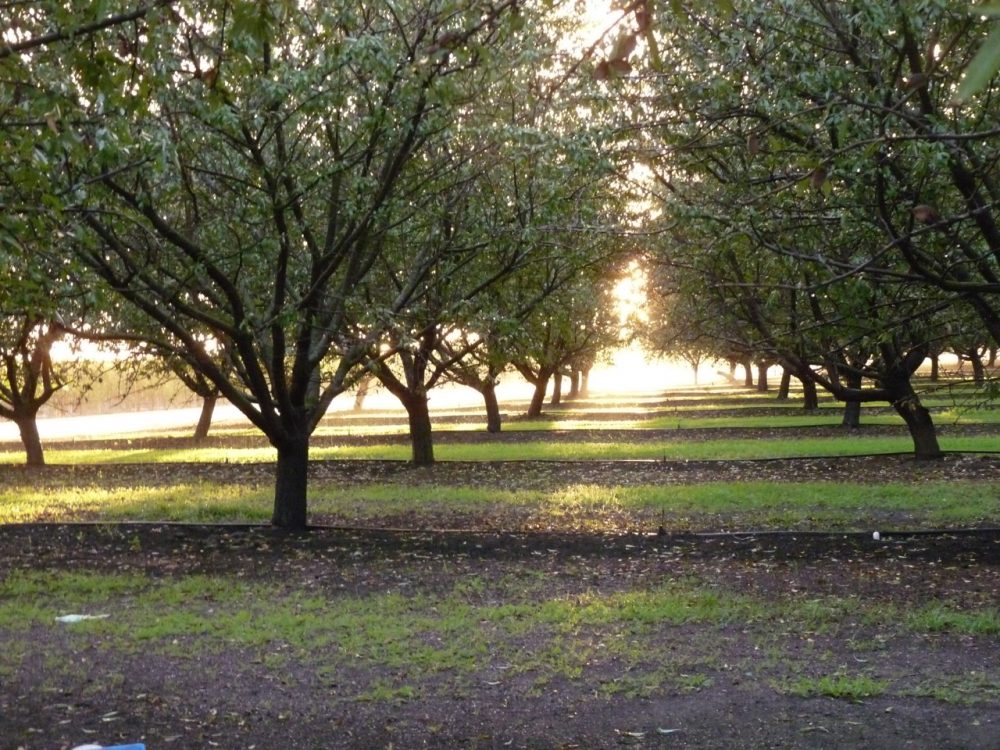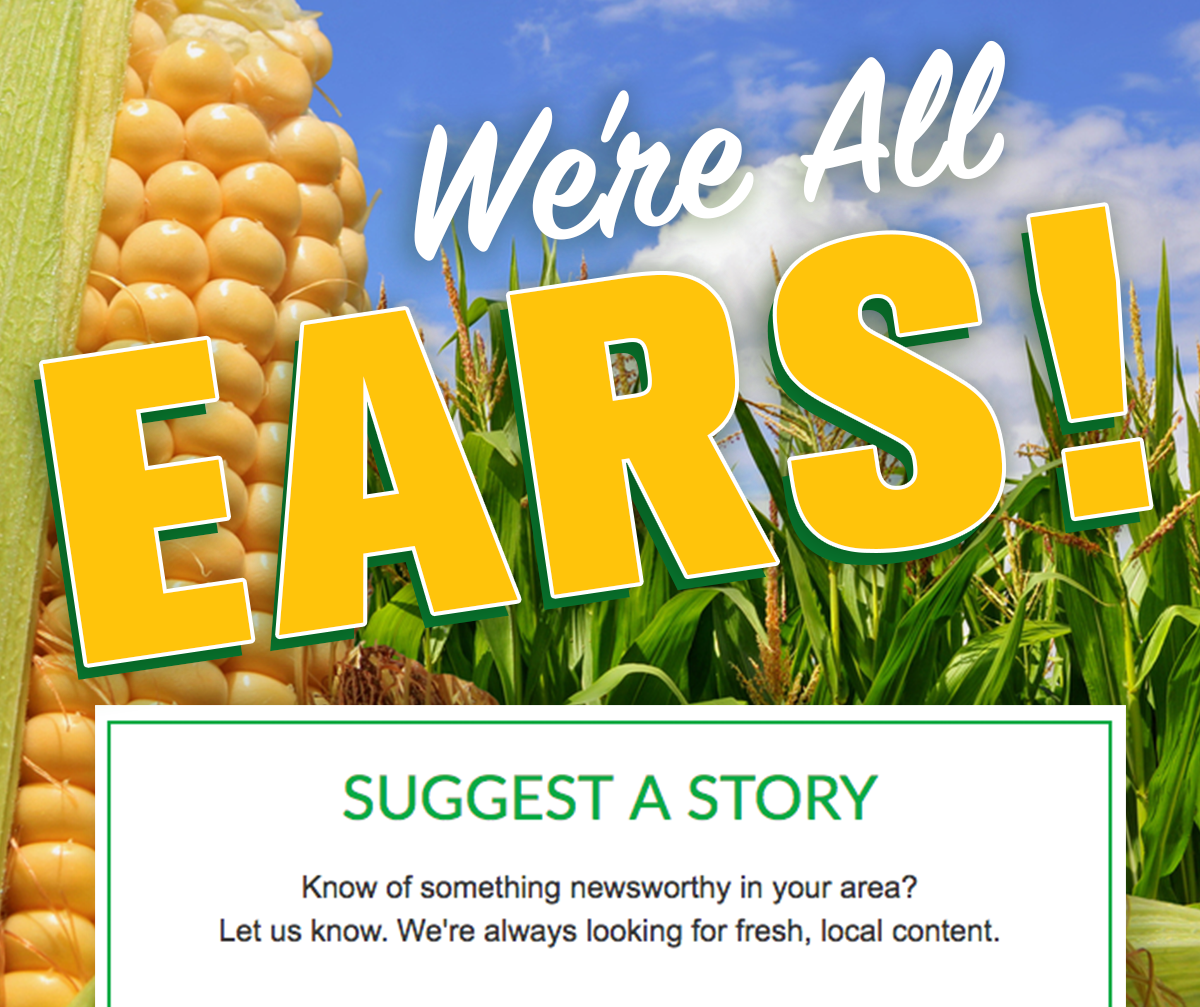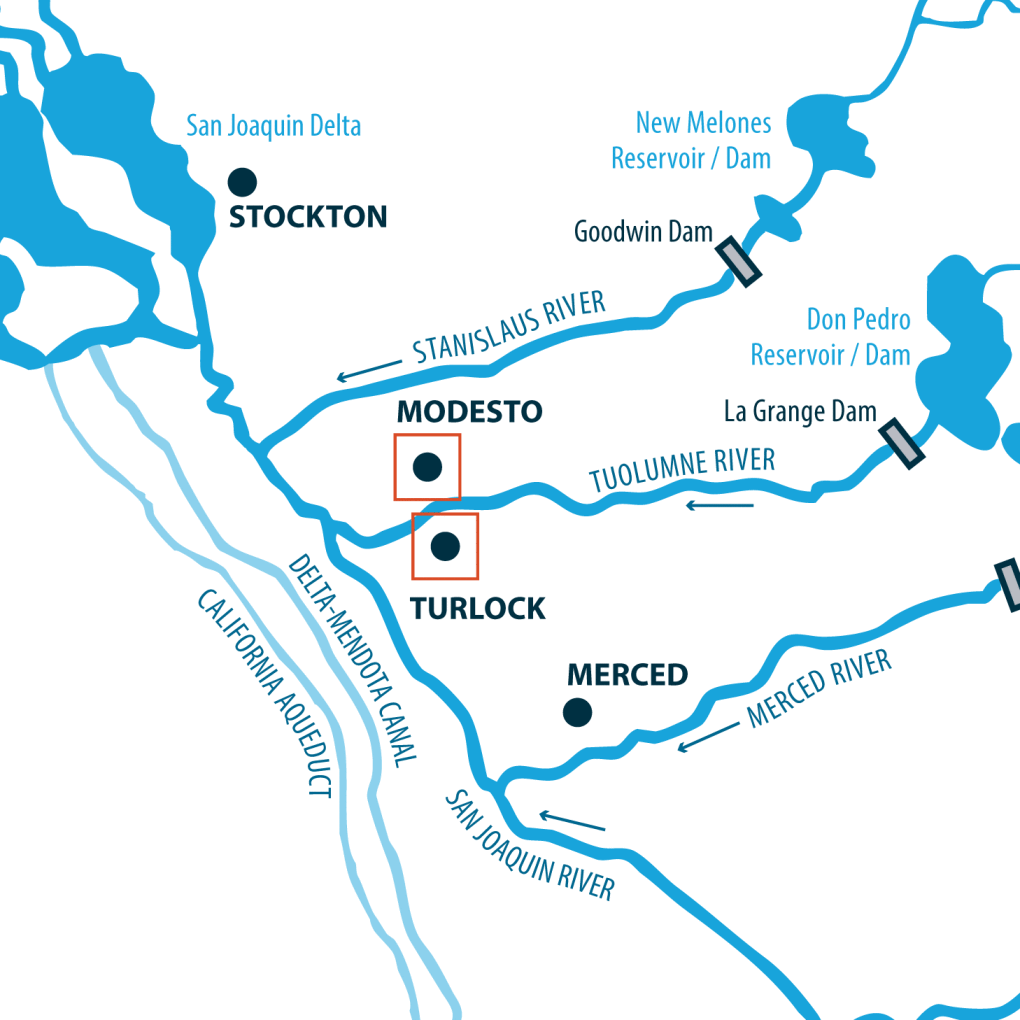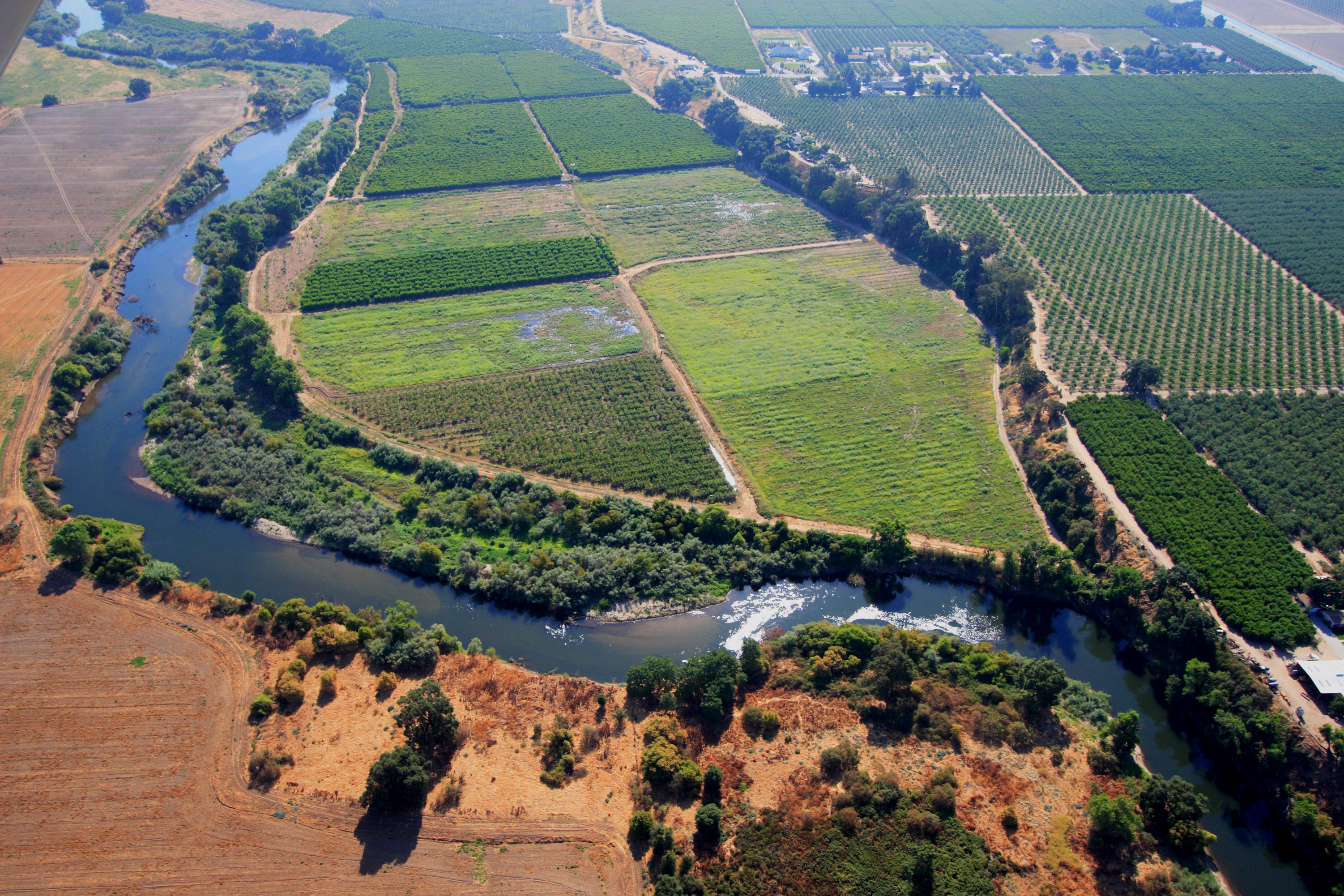CalAgJobs: Big industry Needs
CalAgJobs Connects Job Seekers
By Brian German, Associate Broadcaster
The men and women in the California agriculture industry help provide food to consumers all around the world. That makes it even more important to prepare the next generation of farmers and ranchers to fill that role.
Shannon Douglass is the Director of Outreach at CalAgJobs – a company that connects those looking for ag careers with employers who are looking to find long-term team members. Some people think about agriculture in terms of being a shrinking industry, but Douglass explained that California agriculture is as vibrant as ever. “Farms themselves are getting larger, and we need people who are those professionals, who can help the farmers and help those farms continue,” she said.
Throughout the state, agricultural companies face unique needs that require specialized knowledge. CalAgJobs was established with a goal to link passionate and qualified people with great ag careers. “We think it’s really important to be encouraging people in college, especially, to be looking at internships in agriculture so eventually they’ll look at those jobs,” Douglass said.
The team at CalAgJobs believe that agriculture is more than just a job – it’s a way of life. Douglass indicated that a tremendous number of opportunities available for those who are interested in studying agriculture. “We end up with about 4.5 job opportunities for every crop science grad in California; especially in crop science, the jobs are huge,” Douglass said.
To search for employment using CalAgJobs, go to their website here.




























